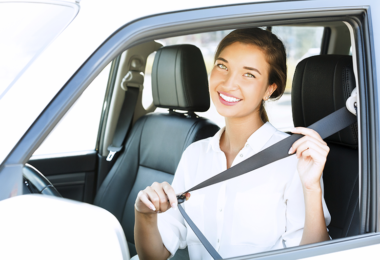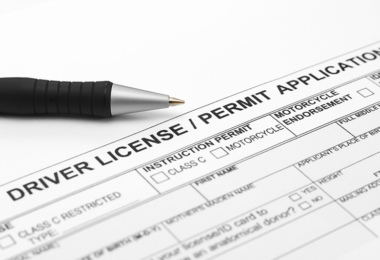Home / Modules / GDL Framework / GDL Framework components
GDL Framework components
The following section briefly describes the individual components of the Framework, including the level of research support, and the Illustration shows how each of these features are integrated and highlights whether there is a strong evidence base to support it.
- Eligibility age. GDL should apply to all beginners, regardless of age, although some rules could be relaxed for adult learners and novices. At a minimum, GDL should apply to novice drivers 18 to 20, not just to 16 and 17 year olds.(strong evidence)
- Minimum learner entry age. The minimum entry age should be no younger than 16. (strong evidence)
- Minimum duration of learner stage. The minimum length required to remain in the learner stage should be no less than 12 months.(strong evidence)
- Supervised hours & log book requirements. The minimum number of supervised driving hours that should be a requirement to progress through GDL should be greater than 50 hours, optimally 80-120, and should span all seasons of driving. Log books should be required to increase knowledge and promote compliance with the required number of supervised hours. (strong evidence)
- Minimum entry age for intermediate stage. The minimum entry age should be no younger than 17, and should not include exemptions for drivers who have completed driver education courses. (strong evidence)
- Starting time for night restriction in the intermediate stage. Unsupervised night driving restrictions beginning at 9-10 pm and ending no earlier than 5 am should be required for all intermediate drivers. (strong evidence)
- Number of young passengers allowed in the intermediate stage. With the exception of a supervising driver and family members, intermediate license holders should be restricted to have no more than one teenage passenger in the vehicle at all times. (strong evidence)
- Minimum length in intermediate stage. The minimum length required to remain in the intermediate stage should be no less than 12 months, regardless of age at the time of entry. This ultimately means that the minimum possible age to progress to full licensure should be 18 years old. (expert opinion-based)
- Minimum exit age. Minimum age for graduation to full driving privileges: 18 years (expert opinion-based)
- Seat belt use in learner and intermediate stages. Seatbelt use should be required for drivers and passengers. (expert opinion-based)
- Cell phone use in learner and intermediate stages. Phone/electronic, including hands-free, device use by learner and intermediate drivers should be prohibited. (expert opinion-based)
- License plate identifiers. Vehicle decals, designed to help police enforce GDL laws and encourage compliance with GDL restrictions, should be required for all learner and intermediate license holders. (expert opinion-based, plus some positive evidence from one state)
- Alcohol use by supervising drivers. Supervisors should be restricted to a low or zero BAC. Although not shown in the framework illustration, if GDL is extended to older novice drivers, a zero alcohol limit should be applied. (expert opinion-based)
- Multi-phase approach to driver education. Jurisdictions should regulate driver education to meet Novice Teen Driver Education and Training Administrative Standards (NTDETAS) in a multi-phased approach. This approach should include three Phases: basic driver education for learners; more advanced instruction to teach safe driving procedures for those moving from the learner to the intermediate GDL stages; and additional driving instruction of higher-order driving skills for those moving from the intermediate to the full license GDL stages. (expert opinion-based)
- Modify current tests to move from learner to intermediate license, add exit tests. Learner applicants must pass knowledge and vision tests, which should include items relating to GDL requirements. Obtaining an intermediate license should require passing an on-road, standardized entry-test, which includes hazard perception skills. In order to progress to a full, unrestricted license, intermediate license holders should be required to pass an advanced on-road or computer-based exit test that includes measures of higher-order driving skills such as hazard perception, situational awareness, and decision-making. This test provides incentive for novice drivers to obtain additional driving instruction (in the form of Phase 3 driver education) and practice during the intermediate stage, in order to attempt the exit test and obtain a full license. In addition, or as an alternative to testing, graduating from this stage to a full license could be contingent on having a clean driver record. (expert opinion-based)
- In-vehicle monitoring. Technology, such as Smart Keys, in-vehicle feedback systems and other resources and tools, including on-line safety-oriented programs, should be promoted by licensing and insurance agencies, as well as driver education programs to help: enforce seat belt use; limit speeding; provide warnings of dangerous driving behaviors (e.g., lane deviation); and, reduce distractions (e.g., vehicle stereo volume) to novice drivers. As well, the intermediate stage should encourage continued parental involvement through in-vehicle monitoring technologies that automatically alert parents of risky driving behaviors. This could include a ‘two-strike system’, where teens are given the opportunity to correct an unsafe behavior before their parents are alerted. (expert opinion-based)





